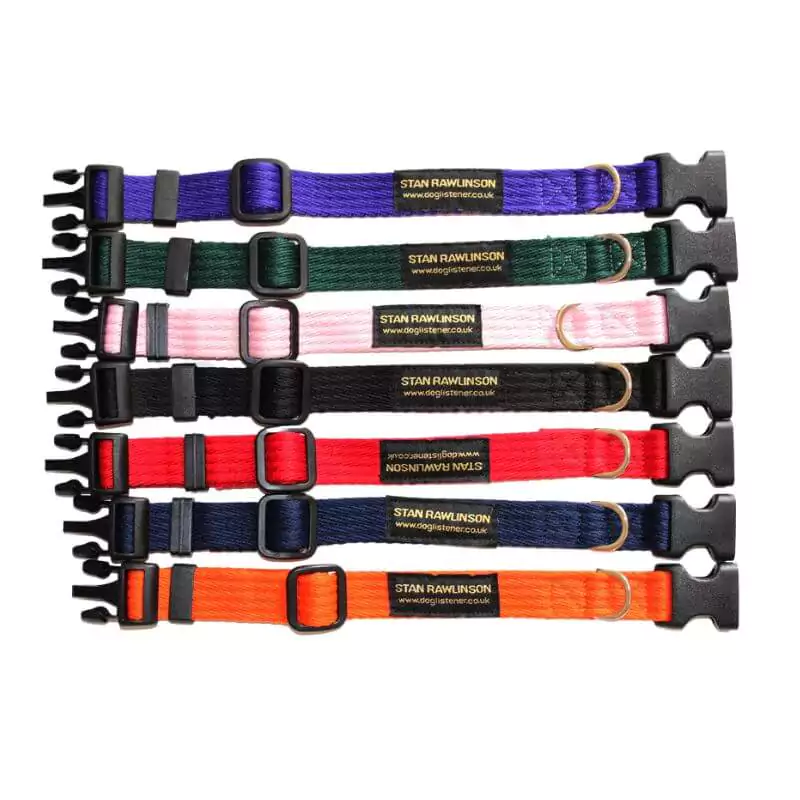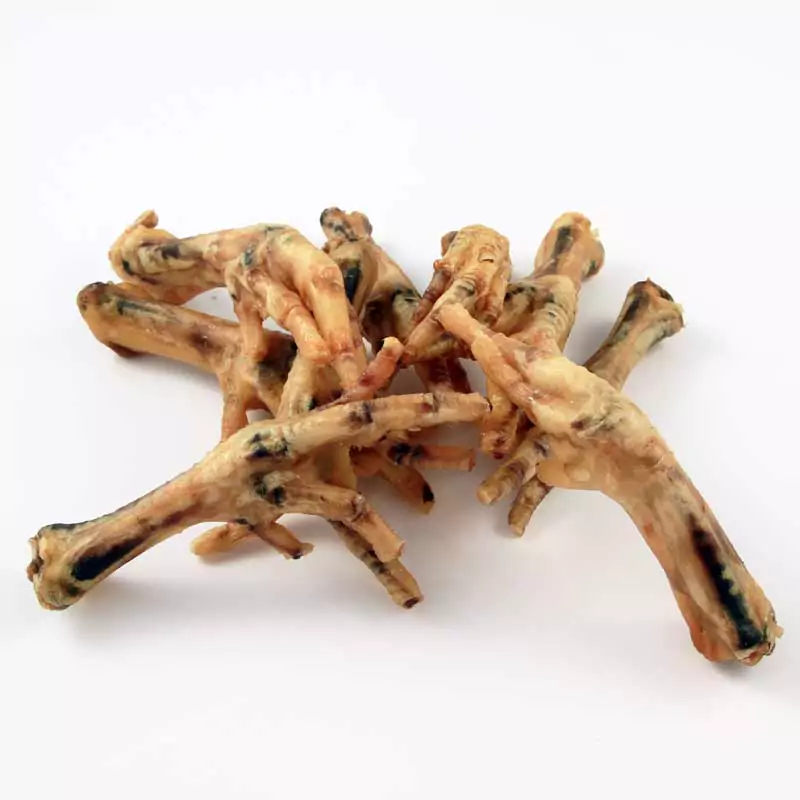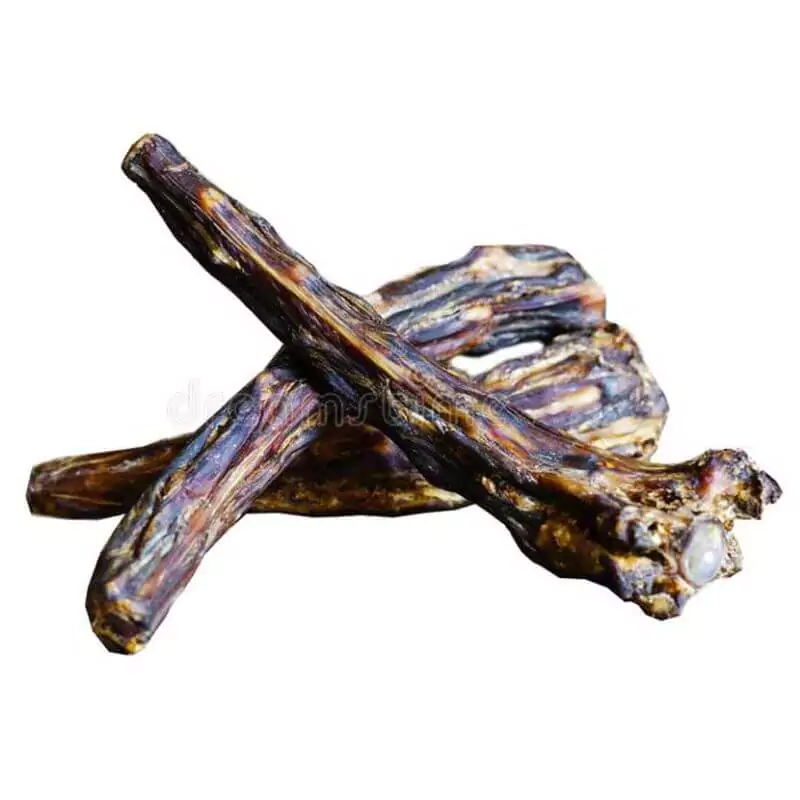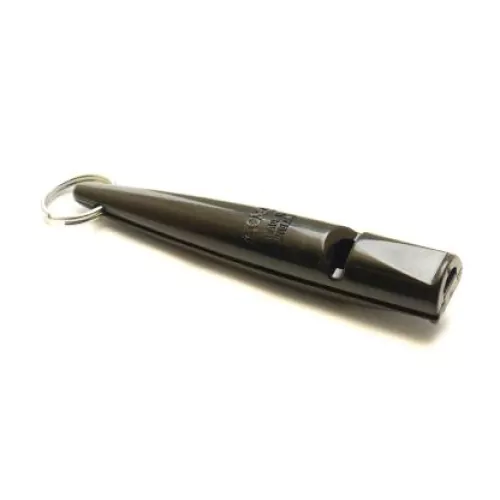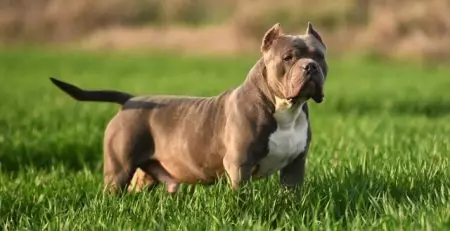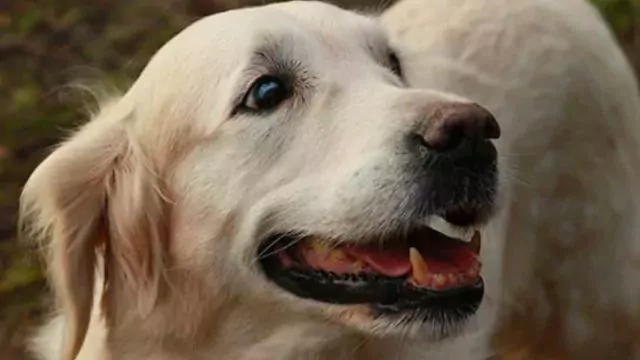The Origin and History of The Dog
How Dogs Were Domesticated Where Do Our Dogs Originate?
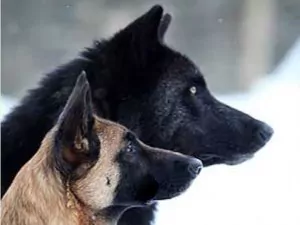
We do know that one of its closest ancestors is the wolf, though recent scientific evidence suggests that the Altai dog may be the forebears of today’s dogs, rather than Wolves.
Taxonomically the dog forms part of the group of animals called Canidae, these include wolves, jackals, coyotes, dingoes, and foxes. Today’s domesticated dog may be a mutated form of the Middle Eastern or East Asian or Siberian wolf or another species of dog. Possibly the latter because there is greater genetic diversity, often a sign of greater antiquity in Asian or Siberian dogs than in European dogs.
Archaeological evidence points to the domestication of the dog in a time period some 12000 to 15000 years ago when we started creating permanent settlements. This was towards the end of the Mesolithic period and the start of the Neolithic.
Some of the earliest of these settlements are to be found in the fertile area now known as Northern Israel. It is, therefore, possible that in these Natufian villages, modern dogs may have originally surfaced.
This does not mean there were no dogs around before that time. Recent research published in 2013 evaluates the relationship of a 33,000-year-old Siberian fossil to modern dogs and wolves based on DNA sequence.

The researchers found that this fossil was named the ‘Altai dog’ after the mountains in Mongolia where it was discovered.
This fossil appears far more closely related to modern dogs and prehistoric canids found on the American continents than it is to wolves.
This is an extremely important find, and may totally change the way we perceive dogs and wolves as being linked genetically
Further genetic analyses of ancient canids may reveal a more exact date and centre of domestication than previously believed.
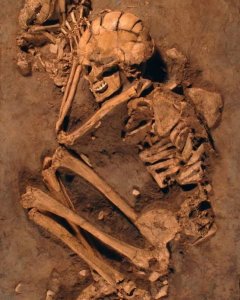
Archaeologists have also discovered remains of a burial site at a Natufian village called Ain Mallaha. Where a woman and a young pup are buried together; the woman’s left hand is cradling a puppy.
The puppy was approximately three to four months old and was probably killed to give the woman company and companionship on her journey to the afterlife.
What is so important about this find is that it is the earliest chronological evidence pointing to domestication. This suggests that humans had started accepting dogs not just as pariahs and vermin, but as companions and trusted pets.
The mental picture of the noble savage striding across the landscape his stone axe and spear at the ready, his faithful wolf-dog padding along next to him is a compelling vision, we could surmise that he had killed the adult wolf and located the den where the wolf cubs lay. Taking pity on them, he then took them back to his camp. Then through his ministrations and love, they became domesticated becoming the forerunners of today’s modern canines.
This fanciful idea is somewhat wide of the mark in the reality stakes. In essence, you cannot domesticate a wolf. We can to some extent handle the cub to such a degree that it will accept human contact. We will never be able to domesticate it. To tame a wolf you need to hand-rear it. You would need to start this before the cub was 8 days old, prior to the eyes opening.
These cubs were born deaf and blind and unable to smell until two weeks old, it takes some time for these senses to develop. For instance, full eyesight does not develop for six weeks. Though they can see, without full focus at around the three-week mark.
This would build an olfactory and tactile map of its surroundings and the trainer aids the bonding process by handling the puppies regularly. They then come to accept our smell and touch far more readily.
You would need to stay with that wolf-cub 24 hours of the day until it was at least 16 weeks old, then if you had done everything right it may just accept some human contact.
If that wolf was then bred with another tame or wild wolf, the pups/cubs would be born wild, in other words, the hand-rearing would have to continue all over again. That begs the question of where dogs come from and how they become domesticated if we cannot domesticate today’s wolf with all our supposed scientific mastery and conditioning, how did it happen?
Many including myself are of the opinion that they effectively domesticated themselves. They may have taken advantage of an ecological niche and mutated from their wolf or early dog cousins to fill that niche. The trigger was our appearance as either Neanderthal or Cro-Magnon men. This may have happened according to recent scientific studies some 36,000 years ago. Evidence shows that both were alive at that time
However the move from the early stone age nomadic hunter/gatherer, when as mentioned before we started inhabiting permanent settlements and becoming hunter/farmers. This could have been that change that stimulated the rapid mutation into full domestication, rather than the wild dog-like state that preceded this.
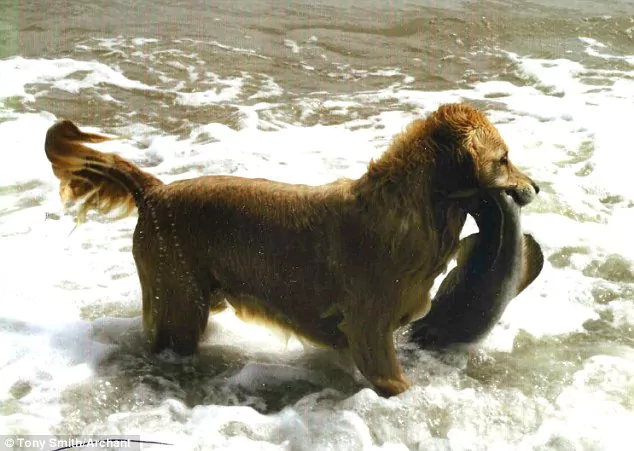
That was when these animals started to appear. The drawings of animals in the Chauvet-Pont-d’Arc cave in France show no images of dogs.
Those paintings were made approximately 31,000 years ago; other cave drawings of less than 31000 years also do not depict any dog-like creatures. Though recent archaeological findings and DNA suggest ancient dogs could have existed from 36,000 years ago.
Most of these settlements were next to rivers or the sea, so the staple food of these tribesmen would have probably been fish. Therefore, early domesticated dogs’ main food or edible waste products would have also been mainly fish-based. That is one of the reasons I tend to feed my dogs food that is fish-based.
When those permanent settlements sprang up they would have certainly attracted scavengers and predators and of course one of them would have been a dog-like creature.
Wolves have an almost pathological fear of man. You cannot blame them; we have persecuted these noble animals since time immemorial. We have hunted them for their pelts and their meat and have something of a love-hate relationship with them. Just look at the bogeyman stories of the werewolf that have been passed down over the centuries.
We are fearful of these creatures and rightly so, they can be extremely dangerous, wolves and wolf hybrids do not make good pets, they are unpredictable and immensely powerful. It is illegal in the UK to own or keep a wolf or wolf hybrid without a wild animal licence.
The nearest we can get to a wolf is called the Utonagan Pronounced Yewton-Argan two words, which started as a cross between German Shepherds, Huskies, Eskimo Dogs and Malamutes plus a few other odds and ends thrown in. They are stunningly beautiful and look wolf-like, fortunately, they do not act like wolves but the ones I have had to treat have been quite difficult to handle.
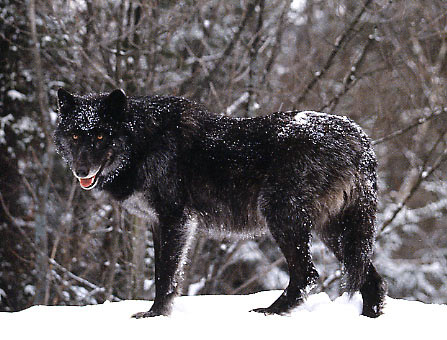
Given the pathological fear wolves have of humans, it is quite likely that the incidence and appearance of dogs at the time of our settlements may well have been caused by an abundance of freely available food.
Other than sex/reproduction, food is very high on the list of vital resources and we are a constant source of that.
These Stone Age dog/wolf mutants must have thought Christmas had come all at once, a steady and constant stream of sustenance without having to hunt for it. This may have been the key for some of these animals to lose their fear of man. Dogs like faeces particularly human ones; it is apparently a probiotic and a valuable source of proteins. In parts of the Indian subcontinent, you can see village dogs following naked children about waiting for them to defecate so they can claim their prize.
In some areas of Africa, when a baby is born, they present it with a puppy as a botty-wiper. To prehistoric dogs, our middens, latrines and village dumps must have appeared like manna from heaven. It was at this time that they must have started to lose the full motor responses regarding hunting to survive, and started to have the truncated prey drive.
Without getting too technical the wolf has a hunting repertoire based on motor patterns in the brain, which look like this, orient>eye>stalk>chase>grab>bite>kill-bite>dissect>consume.
Where the pointer has motor patterns like this: Orient>EYE-stalk> Grab-bite> consume. Note the very shortened pattern with essential parts missing and the capitalised EYE.
In a wolf pack, there is a basic need for some members to locate the prey, some to drive the prey, others to circle and harass and still, others to lie in wait and ambush. Others would stay behind to feed and guard the young. It is only when you have this combination of emotional types that the pack (and the hunt) succeeds.
Our modern working dogs are the result of genetic engineering by our forebears, they bred for certain traits, enhancing those traits by breeding like with like.
No one will argue that the HPRs, Retrievers, Spaniels, Collies, Hounds, and Long Dogs have sometimes quite different skills, Take the Bloodhound, that is the tracking orient part of the equation, The Collie is cutting out the prey from the herd. The Springer the orient chase grab, but not consume (hopefully)…………
However I am sure many will have seen cockers point and Shepherds retrieve, so they still have a vestige of the total skills of the original role model the wolf. All have been genetically engineered to fill a niche, which must have been invaluable to the hunter-farmer gatherers thousands of years ago. They will have been a valuable and important commodity.
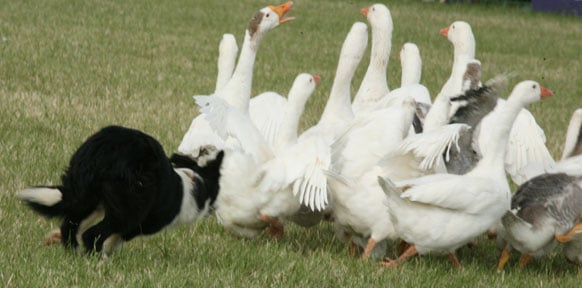
On top of their incredible abilities for some breeds to guard hunt retrieve and herd.
Dogs also have an amazing knack for inveigling themselves to humans.
They are born with the Ahhhhhhhhh factor, large heads and saucer size eyes, which make them almost irresistible to the primate that is in us all. We are hard-wired to want to cuddle something with the head and eye attributes of a pup.
That is what makes them so successful in the evolutionary chain. In what was a very small time frame some 15000 years, they have gone from zero to 800 million. Paradoxically the wolf population has shrunk to a meagre 400 thousand.
At one time, the wolf (Canis lupus) had the most extensive range of any land mammal (excluding man), which included the entire Northern Hemisphere north of 13 o – 20 o north latitude.
Its range has now been cut back extensively, mainly by the actions of humankind. Many countries that formerly had wolf populations, including Great Britain, Mexico, and Japan, now have none. In other countries, such as the United States, wolves occupy only a fraction of their former territory.
We still have much to learn about the wolf, and even more to learn about the origins background and sophistication of the world’s most successful domesticated mammal Canis lupus familiaris the domestic dog. It was the Smithsonian Institute that changed the dog’s taxonomical name from Canis familiaris to recognise its wolf ancestors. In light of the finds in Mongolia, that may have to be reconsidered.
© Stan Rawlinson
February 2006 Updated 2023




